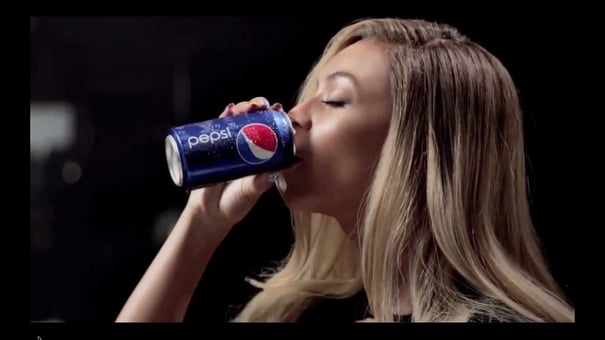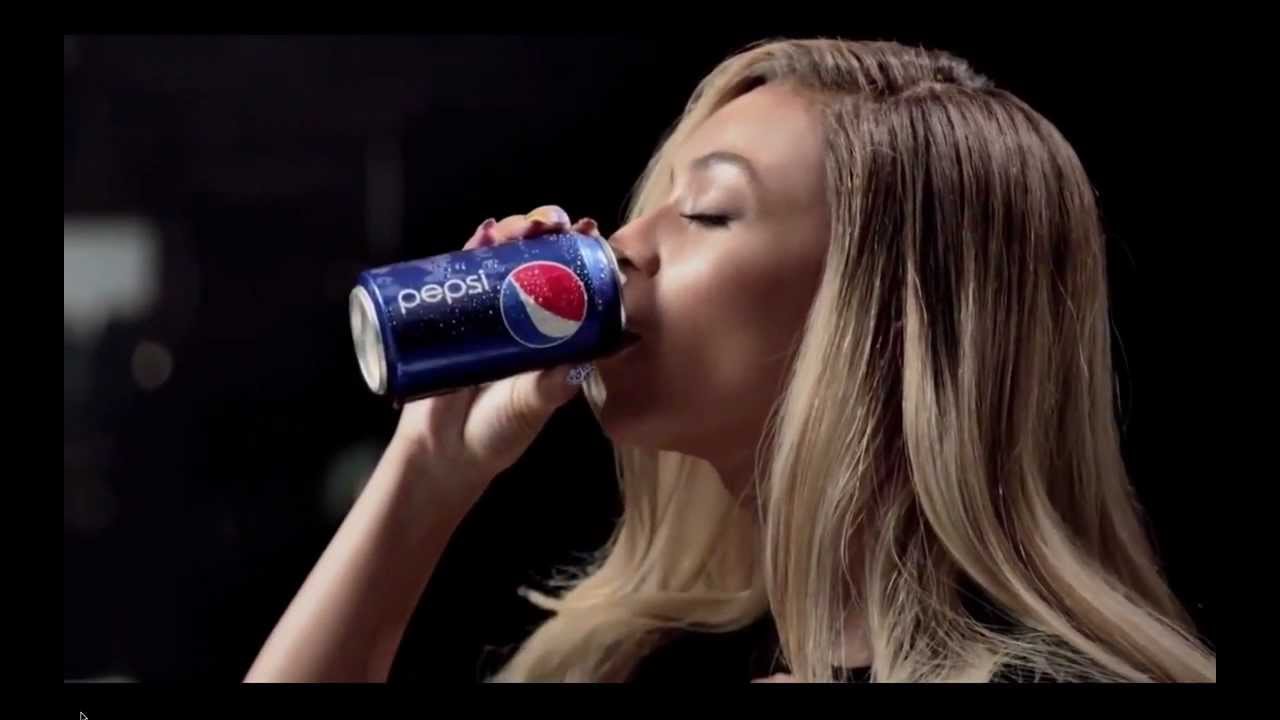PepsiCo recently announced the reintroduction of aspartame to Diet Pepsi, less than a year after eradicating it. The beverage giant had not counted on a vocal, loyal consumer base’s devotion to the ingredient, and its reversal highlights the difficulty of courting the growing base of health-conscious consumers while not alienating devout supporters.
Trouble Bubbling Up?
Last summer, citing “sales and consumer safety concerns,” PepsiCo removed aspartame—a mainstay in Diet Pepsi since 1983—replacing it with a combination of sucralose and acesulfame-potassium (ace-k). At the time, PepsiCo seemed confident in the move: “To Diet Pepsi consumers, removing aspartame is their number one concern. We’re listening to consumers. It’s what they want.”
The Taming of Aspartame
It did seem like there was a groundswell of support. As health-conscious consumers gravitate toward more natural products, the chemical-laced diet soda industry seemed particularly primed for doom. Indeed, aspartame has been blamed for—but never proven to cause—an array of conditions from memory loss and headaches to cancer, weight gain, and gut bacteria degradation.
Despite being studied more than the French Revolution, no conclusive evidence emerged. But the lack of evidence doesn’t stop people from being concerned, and that alone was enough to convince PepsiCo it was time for a change.
Stuck in the Middle, With Who?
Yet the move proved devastating. Yes, soda sales across the board are getting crushed like cans in a recycling yard, but, post-aspartame, Diet Pepsi’s fortunes were particularly terrible. In the first quarter of 2016 alone, sales volume dropped 10.6%, nearly double Diet Coke’s 5.7% decline. Perhaps more troublingly, consumers took to the company’s social media pages, posting complaints on unrelated threads about the “strange” and “funky” aftertaste, sarcastically thanking the company for helping them quit their soda addiction, and generally mucking up PepsiCo’s social media platforms. One particularly popular hashtag: #wewantaspartame.
But that was only part of the backlash. On the other side of the spectrum, health-conscious consumers felt the new formula relied on a similarly pernicious ingredient, ace-k. Health advocate Michael Jacobson warned, “Consumers should avoid [the ace-k] sweetener as well. It is poorly tested, but the tests done by the manufacturer in the 1970s suggest that ace-k, too, might pose a cancer risk.”
They faced opposition from both sides, for at once alienating some consumers by removing a beloved sweetener and also by not replacing it with an ingredient removed from controversy. Obviously, this could not stand.
A Light Change
So it was that in late June, PepsiCo announced aspartame’s reintroduction into the Diet Pepsi family. But the move did not represent a complete retreat. The aspartame-free formula will continue to be sold as “Diet Pepsi” and will be the default version of the beverage, dispensed in fast food and gas station fountains across the country. “Diet Pepsi Classic Sweetener Blend,” the reinstated aspartame-based formula, will be sold under a different label, offered in 12 packs, 2 liter bottles, and 20oz bottles.

“Consumers want choice in diet colas, so we’re refreshing our U.S. lineup to provide…options that meet differing needs and taste preferences,” Pepsi said in a statement.
Diet Pepsi the new “New Coke”?
Considering the pivot, analyst Adam Fleck opined, “You can’t mess with taste.”
Coca-Cola, of course, famously learned that lesson in 1985 with New Coke, which was quickly marginalized and ultimately scrapped in favor of the “classic” formula. This could be why they announced they have no intention of altering Diet Coke’s aspartame formula, promising customers that “All of the beverages we offer and ingredients we use are safe.”
Yet with soda sales continuing to plummet, companies must thread a seemingly impossible needle, trying to please multiple consumer preferences at once. By offering numerous iterations of the same product, PepsiCo seems to be splitting the difference. With new competitors entering the fray seemingly every day, it remains to be seen if this will be enough.


